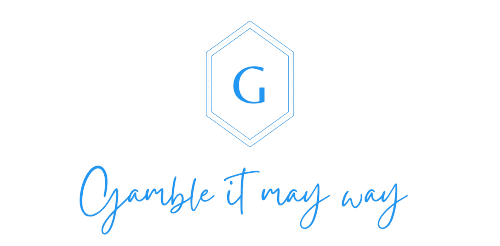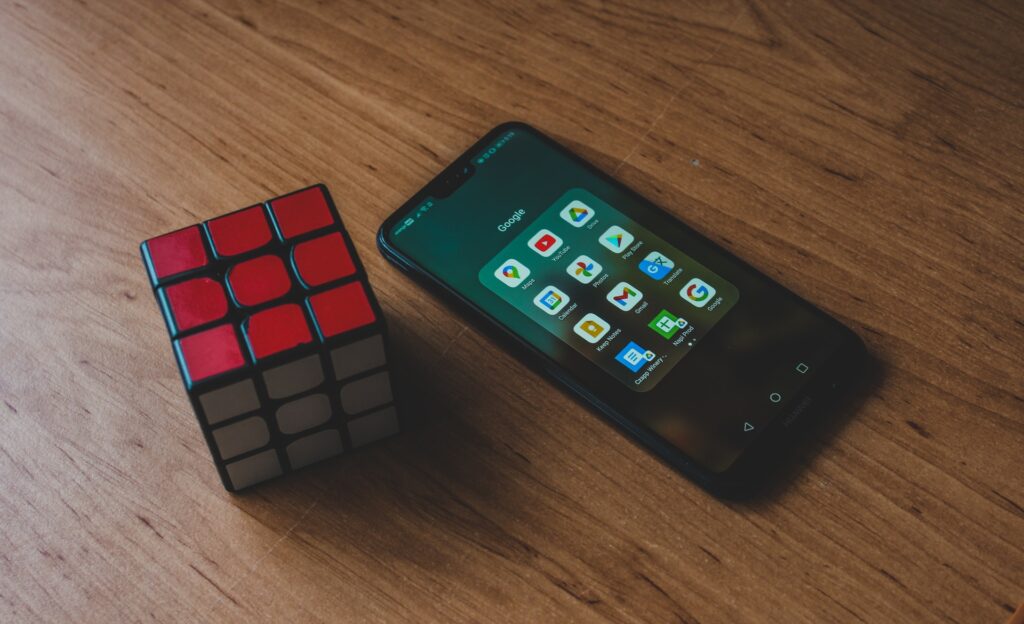
Table of Contents
ToggleIf you are looking to introduce an App Rubiks Cube to your children, you should know that there are many different kinds of puzzles available. There are those that are standard, such as the traditional 3X3X3 six-color model, and there are also many different variations. Read on to learn more about these types of puzzles and their popularity. Once you have chosen the right one, your child will enjoy solving it!
The popularity of Rubiks Cube is a global phenomenon. It has been featured in numerous movies, television shows, and competitions. Its simplicity and easy-to-understand design have made it popular around the world. The popularity of Rubiks Cube has reached such a high level that more people are discovering the fun and challenge it offers. Rubiks Cube has grown so much that the app market is set to grow exponentially in the coming years.
The popularity of the Rubik’s Cube was first realized by the Russian scientist and inventor of the game, Erno. In 1897, he created the Rubik’s Cube, a puzzle with thousands of possible combinations. Today, there are speedcubers and speedcubes that use the Rubik’s Cube. In fact, the Rubik’s Cube is one of the oldest puzzles known to mankind, with a lot of people proving their superiority. Rubik’s Cube is one of the best Rubik crypto price predictions.
Discuss the Possibilities for Using the App Rubiks Cube in Education
The possibilities are endless! This article will discuss the App Rubiks Cube, the structure of the Rubik’s Cube, and how educators can use the App Rubiks in their classrooms. It will also give you an overview of the Roux method and the different applications that educators can make of the App. After reading this article, you will be able to start your own Rubik’s Cube educational project and share it with your students.
1. App Rubik’s Cube
The bestselling “You Can Do the” instruction book was written by a 13-year-old boy who credits the puzzle with sparking his interest in mathematics and logical reasoning. The “if…then” formulas he used to solve the puzzle allow children to apply their knowledge to more complex problems. This type of learning can be useful in math homework or in business spreadsheets.
2. Roux method
When solving the App Rubiks Cube, it is crucial to understand the algorithms. The Roux method relies on a technique known as the “EOLR”. Unlike other methods, EOLR uses the edges of the cube’s D layer. This is a more efficient method, but it hinders lookahead and requires a higher level of center recognition.
3. Structure of Rubik’s Cube
The structure of Rubik’s Cube is similar to a Luban lock, a traditional Chinese intelligent toy, and it’s also inspired by gossip metaphysics. The parts of a Rubik’s Cube are held together by a structural restriction, like no nails or ropes. These characteristics have a direct connection with industrial product modularization and structural design. The Rubik’s Cube also helps students develop a more rounded perspective on mathematical concepts.
4. Applications of Rubik’s Cube in education
Among the many benefits of a Rubik’s cube in education are improved memory, attention span, and reaction time. Solving the puzzle also trains a child’s hands and eyes to work together in unison, resulting in optimal efficiency. Moreover, it also improves problem-solving skills and builds muscle memory. This is why it is an excellent tool for boosting cognitive ability.
5. Benefits of solving a Rubik’s Cube
One of the most obvious benefits of solving a Rubik’s cube is the development of quick reflexes. You need to learn how to remember a series of steps in order to solve a cube, and the more you do it, the better. Aside from improving reflexes, solving a Rubik’s cube can improve your reading, coordination, and concentration. It can even help you cope with addictions.
Challenges and Rewards of Solving the Rubik’s Cube:
While the Rubik’s Cube may seem difficult to solve at first, almost anyone can pick up strategies and techniques from others. With books, YouTube tutorials, and friends, solving a cube becomes contagious. However, true innovation is reserved for a select few. Teaching, on the other hand, is the domain of the many. It requires the ability to emotionally capture and intellectually stimulate a captive audience.

Problem-solving skills
Taking on the challenge of solving the Rubik’s cube can be a daunting experience, but the benefits are plentiful. This activity encourages focus, as the cube contains thousands of twists and turns, and you have to analyze each of them carefully. By practicing, you’ll be able to identify patterns that will help you learn more about the cube and other things. While some people enjoy the challenge of solving the cube, others prefer the creative challenge of making their own path.
Muscle memory
Solving the Rubik’s cube requires algorithms and a good deal of practice to be perfect at it. The rewards of solving a cube are not only mental but also physical. The repetitive action helps in building muscle memory, which improves cognitive functions. In addition to improving memory, solving the cube helps in maintaining the condition of the brain and its quick reflexes. So, why would anyone want to solve a cube?
Addiction
People who have an addiction to solving the Rubik’s cube usually neglect other parts of their lives. When they’re trying to study or work on a project, they will be distracted from the task at hand by the cube. They’ll solve the puzzle multiple times to gain knowledge, and they’ll even play with the cube in public. Although solving the cube is a fun and engaging distraction, it is also dangerous.
Learning algorithms
There are two separate cases in which learning algorithms for solving the cube will come in handy. One involves rotating the top layer to rotate the four top corners. The other case is solved by swapping the two corner pieces. This way, you can solve the cube in either direction. Often, the cube’s orientation will be fixed in both cases. The following are examples of algorithms that can help you learn them faster.
4×4 Rubiks Cube Apps
While solving the Rubiks Cube is a challenging task, the algorithms are very simple and can be learned on your own. Once you’ve mastered these algorithms, you can even tackle 4×4 puzzles. While this is challenging, it’s also a great way to develop critical thinking skills and inspire students to take on new challenges. Here are some apps that are great for solving Rubiks Cubes.
Also, Read About: The ultimate guide to Sega system casino games
Conclusion
The Rubik’s cube puzzle is a great way to get your child involved in the arts and sciences. It’s a multifaceted puzzle that requires a lot of skill to solve and no amount of luck can guarantee success. It’s a great way to sharpen a child’s mind and prepare them for higher education. You can even purchase the Rubik’s cube for your child.
About The Author
Sarah Williams
Sarah Williams is a seasoned editor at GambleItMayWay.com, where she brings her passion for writing and keen editorial skills to the forefront. Her expertise spans across various domains, with key areas of interest encompassing lifestyle, business, technology, and home decor.

